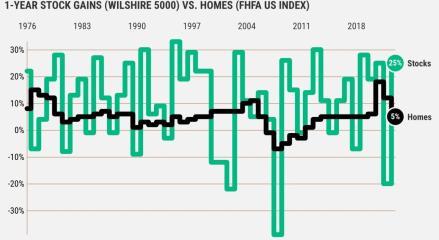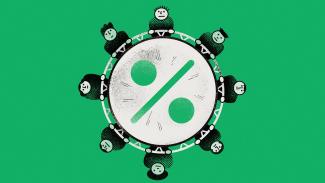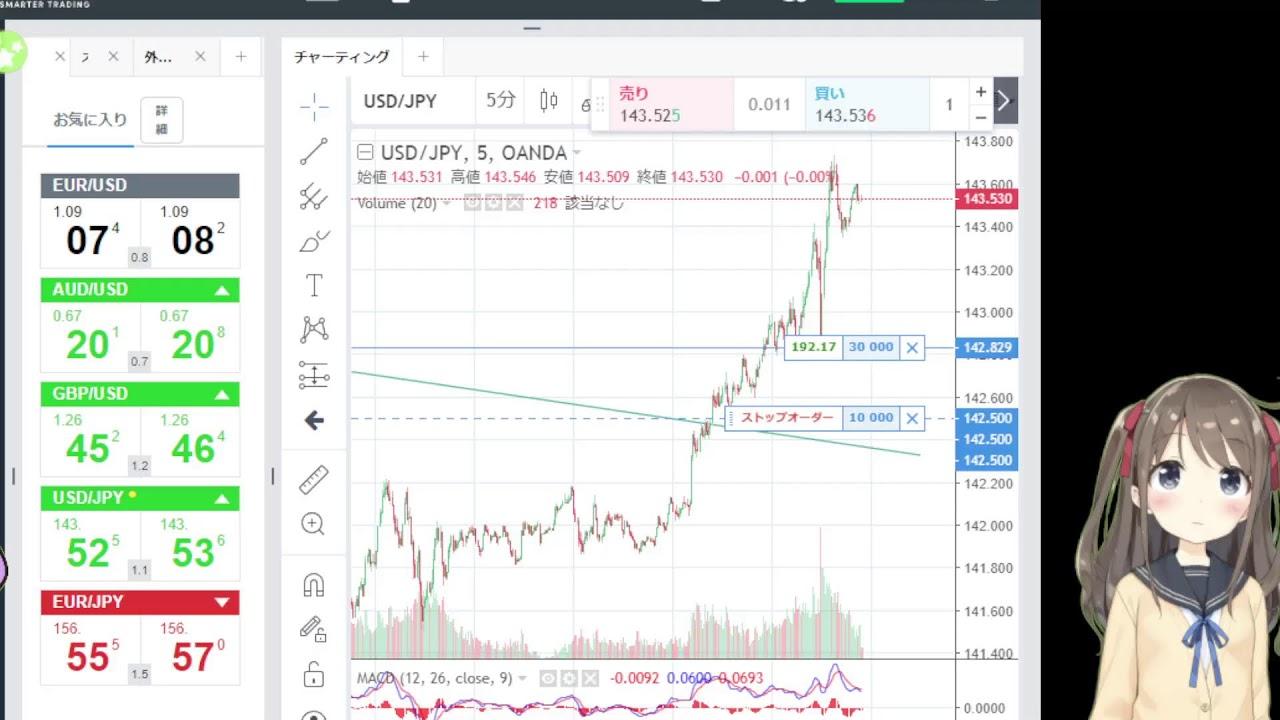The variation in margin requirements with changes in exchange rates is often tied to the concept of leverage. Leverage allows traders to control a larger position with a relatively smaller amount of capital. The margin requirement is typically expressed as a percentage of the total position size, and as exchange rates fluctuate, the value of the position changes, influencing the required margin.
Let's break down how exchange rate movements can affect margin requirements:
1. Inverse Relationship:
- Higher Exchange Rate (Appreciation of Base Currency):
- If the exchange rate for the currency pair you're trading increases (base currency appreciates), the value of the position in terms of the account's base currency increases.
- As the position value goes up, the required margin (expressed as a percentage) may decrease. This is because the same percentage of a larger position results in a larger nominal amount.
- Lower Exchange Rate (Depreciation of Base Currency):
- Conversely, if the exchange rate decreases (base currency depreciates), the value of the position decreases.
- In this case, the required margin (expressed as a percentage) may increase, as the same percentage of a smaller position results in a smaller nominal amount.
2. Effect on Leverage:
- Higher Exchange Rate:
- A higher exchange rate can offer increased leverage. With the same amount of margin, a trader can control a larger position, potentially amplifying both gains and losses.
- Lower Exchange Rate:
- A lower exchange rate reduces the leverage, as the position size controlled by the same amount of margin is smaller. This can mitigate risk but also limit potential profits.
3. Risk Management Considerations:
- Traders need to be vigilant about margin levels and adjust their positions or deposit more funds as needed.
- Rapid and significant movements in exchange rates can lead to margin calls, where traders are required to deposit additional funds to maintain their positions.
Example:
- Let's revisit the previous example with the EUR/USD pair. If the exchange rate increases from 1.1500 to 1.1600, the position value in USD would increase. If the margin requirement remains the same, the required margin as a percentage of the position size would decrease, allowing for increased leverage.
It's crucial for traders to be aware of the dynamic nature of margin requirements, especially in leveraged trading, and to have a solid risk management strategy in place to navigate the potential impacts of changing exchange rates on their positions.















